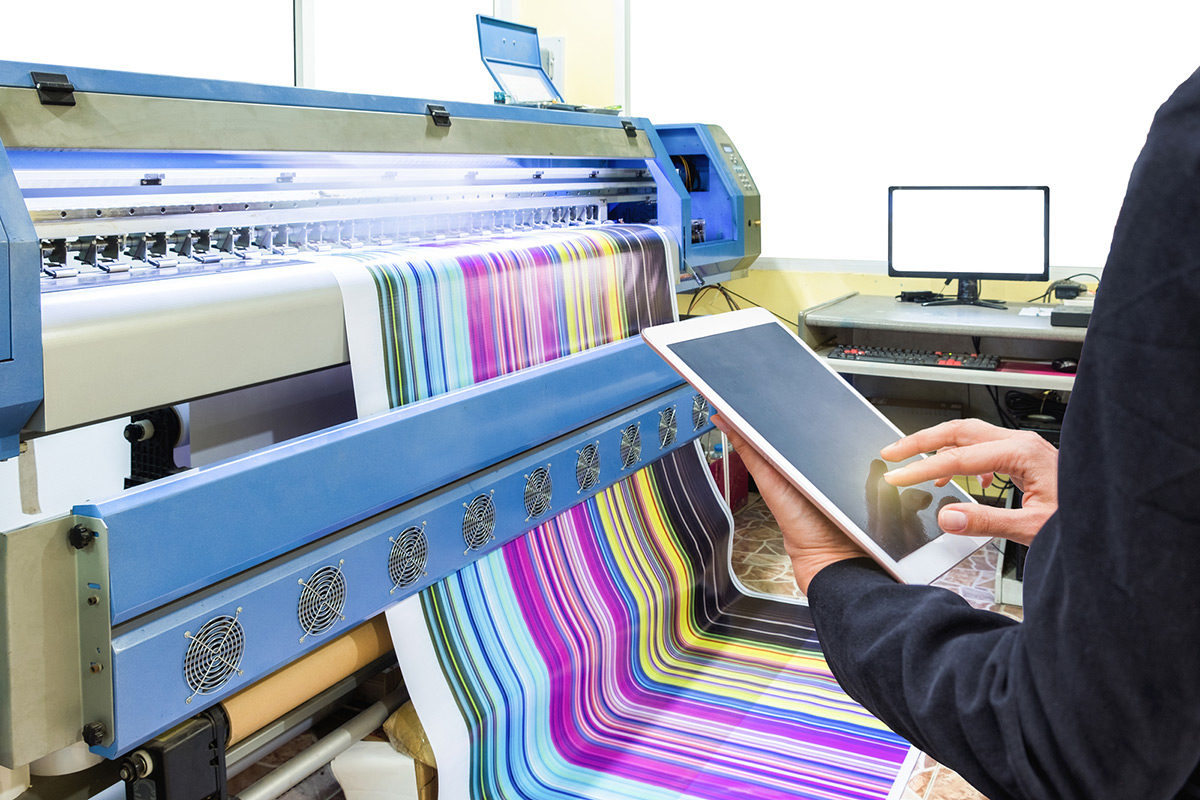The world of biotechnology is rapidly evolving, and one of the most exciting areas of advancement is the development of bioinks. These specialized materials are crucial for 3D bioprinting, a process that has the potential to revolutionize fields like medicine and manufacturing. In this article, we will delve into the current bioink development trends and explore what the future might hold for this transformative technology.

Understanding Bioinks
At its core, a bioink is a material used to produce engineered tissues via 3D bioprinting. These materials are designed to mimic the properties of natural tissues, providing a scaffold for cells to grow and develop. The composition of bioinks can vary widely, including natural polymers, synthetic polymers, and hybrid materials.
Natural Polymers
Natural polymers like alginate, collagen, and gelatin are commonly used in bioinks. They offer biocompatibility and biodegradability, making them ideal for medical applications. These materials are derived from natural sources and can closely mimic the extracellular matrix of human tissues.
Synthetic Polymers
Synthetic polymers, on the other hand, provide more control over mechanical properties and degradation rates. Materials like polyethylene glycol (PEG) and polylactic acid (PLA) are frequently used in bioink development to create strong and durable tissue scaffolds.
Current Trends in Bioink Development
Several trends are shaping the development of bioinks today. Researchers are continually exploring new materials and techniques to enhance the functionality and versatility of bioinks. Let’s explore some of the most significant trends in this field.
Multimaterial Bioinks
A major trend in bioink development is the creation of multimaterial bioinks. These are designed to incorporate multiple materials with varying properties to better mimic the complex structure of human tissues. This approach allows for the creation of more realistic and functional tissue models.
Personalized Medicine
The rise of personalized medicine is another significant trend influencing bioink development. Bioinks can be customized to match the specific needs of individual patients, enabling tailored therapies and treatments. This trend is particularly promising in the realm of regenerative medicine.
Bioprinting Complex Organs
As research progresses, there is a growing focus on using bioinks to bioprint complex organs. While still in the early stages, this trend holds the potential to address the shortage of organ donors and revolutionize transplant medicine.
Challenges in Bioink Development
Despite the exciting advancements in bioink development, several challenges remain. These include issues related to scalability, reproducibility, and regulatory approval. Overcoming these challenges is crucial for the widespread adoption of 3D bioprinting technologies.
Scalability
The scalability of bioink production is a critical hurdle. Producing bioinks on a large scale while maintaining quality and consistency is essential for commercial applications. Researchers are exploring new manufacturing techniques to address this challenge.
Reproducibility
Ensuring the reproducibility of bioprinted tissues is another challenge. Variability in bioink formulations and printing processes can lead to inconsistent results. Standardization efforts are underway to improve reproducibility in bioprinting.
Regulatory Approval
Obtaining regulatory approval for bioprinted tissues and organs is a complex and lengthy process. Regulatory bodies must ensure the safety and efficacy of these products before they can be used in clinical settings.
The Future of Bioink Development
The future of bioink development is filled with promise. As technology advances and new materials are discovered, the potential applications of bioinks will continue to expand.
Advancements in Material Science
One of the most exciting prospects is the advancement of material science. Researchers are exploring novel materials with enhanced properties, such as improved biocompatibility and mechanical strength. These innovations will pave the way for more realistic and functional bioprinted tissues.
Integration with Other Technologies
The integration of bioinks with other technologies, such as artificial intelligence and robotics, holds great potential. These technologies can enhance the precision and efficiency of the bioprinting process, leading to faster and more accurate production of tissues and organs.
New Applications
As bioink development progresses, new applications will emerge across various industries. Beyond medical applications, bioinks could be used in fields like cosmetics, food production, and environmental science.
Conclusion
The field of bioink development is advancing at an unprecedented pace, driven by the demand for innovative solutions in healthcare and beyond. While challenges remain, the potential of bioinks to transform industries and improve lives is undeniable. As we look to the future, continued research and collaboration will be key to unlocking the full potential of this exciting technology.

FAQ
What are bioinks made of?
Bioinks are typically composed of natural or synthetic polymers that provide a scaffold for cell growth. Common materials include alginate, collagen, gelatin, PEG, and PLA.
How are bioinks used in medicine?
Bioinks are used in 3D bioprinting to create engineered tissues and organs for medical applications, such as regenerative medicine and personalized therapies.
What challenges do bioink developers face?
Key challenges include scalability, reproducibility, and regulatory approval. Addressing these challenges is crucial for the widespread adoption of bioink technologies.
For more insights into the future of the printing industry, you can visit this page. Additionally, learn more about biodegradable materials and 3D printing in manufacturing on our website.
This article contains affiliate links. We may earn a commission at no extra cost to you.






